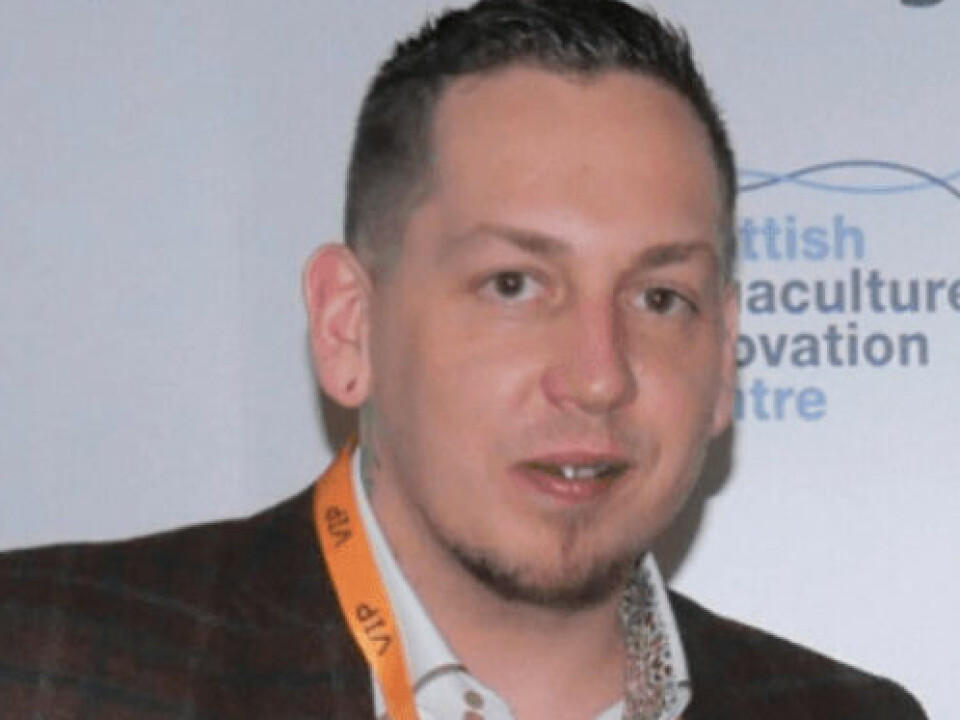
Schooled for the sea
Conditioning in a hatchery means fish stocked at an Orkney high energy site no longer need to spend months at a neighbouring nursery farm
Salmon producer Scottish Sea Farms has successfully transferred smolts directly to its high energy Eday farm, Orkney, from Barcaldine Hatchery for the first time.
Young fish destined for the farm, which has strong tides and fast flowing currents, have previously been raised at neighbouring nursery farm Wyre, which is more sheltered, until they reached 750-800g.
But the current generation, which went into the water in October at an average weight of 180 grams, was transferred directly to Eday from Barcaldine Hatchery and are growing well, farm manager Jimmy Dakin told the company’s newsletter, The Source.
“The fish are now 850g and we’re very pleased with their performance. They’re responding well to being in this environment, eating and growing at a good, healthy rate,” said Dakin, a former fisherman who was runner-up in Lantra Scotland’s Aquaculture Learner of the Year Award in 2020.

The new approach was made possible thanks to the careful preparation of smolts at Barcaldine, said Dakin.
“Within the hatchery’s growing areas, water exchange and temperature are regulated to suit each stage of the salmon lifecycle, including conditioning smolts for seawater,” Dakin told The Source.
“The team selected the largest smolts for transfer to Eday and conditioned them to the local marine environment.
“After a couple of successful trials, we went for the full transfer of smolts straight from Barcaldine to Eday.”
Remote feeding
Feeding the fish has been made easier with the installation of a reconditioned SeaCap round feed barge and a reliable Starlink internet connection from the shore base, enabling remote feeding for the first time.
Remote feeding from barge to shore is via point-to-point wireless link, as is the case with many other SFF sites, but the company is increasingly using Starlink – a constellation of more than 5,000 low Earth orbit satellites - for internet connectivity.
“Instead of being reliant on feeding from a boat, which can mean losing feeding days during bad weather, we can now feed in all weathers,” said Dakin.
The new arrangements are better for the farm crew as well as the fish, with staff, who work two weeks on/off, no longer having to manage fish at Wyre’s nursery pens.
The move also enables the Wyre farm to fully focus on rearing fish from input to harvest size.























































